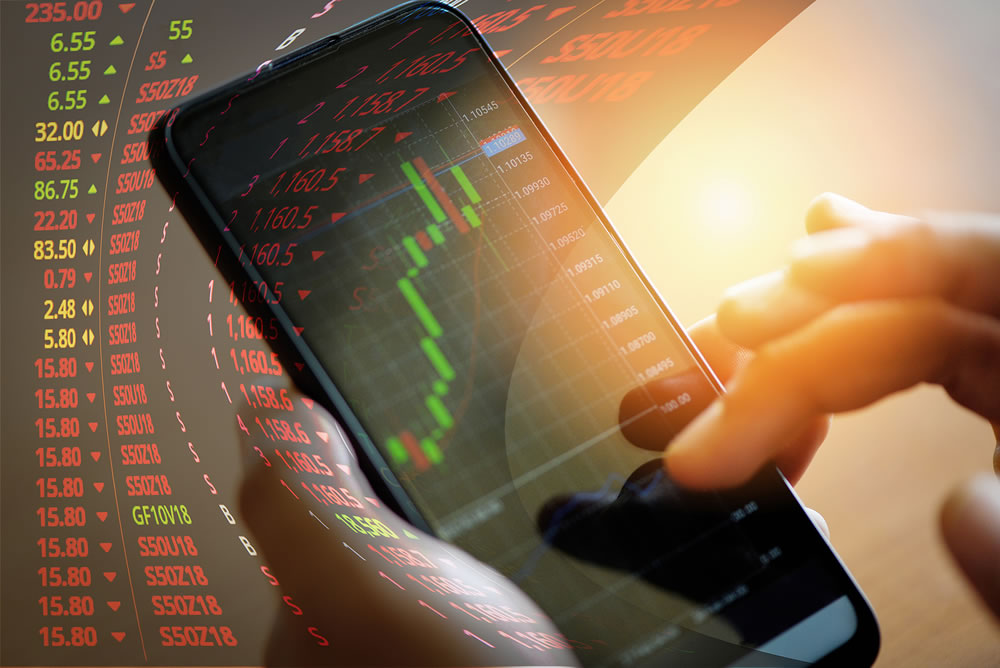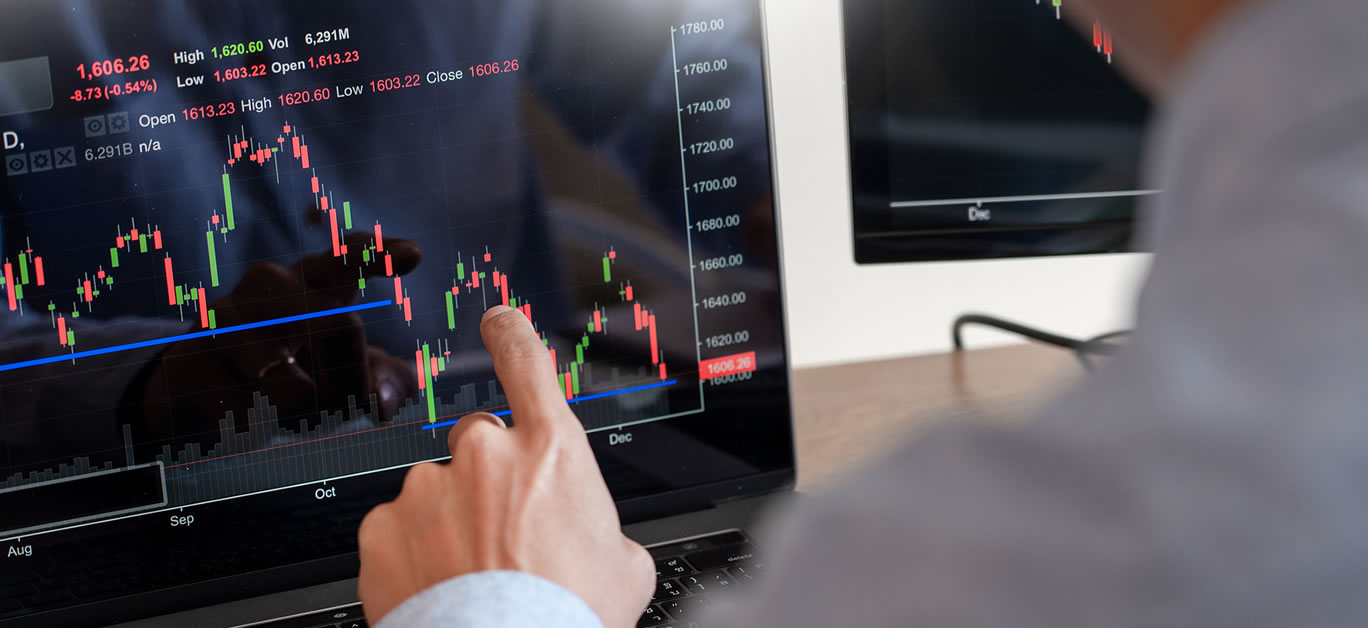Ever considered dipping your toe into the world of Forex trading? These days, just about anyone can trade online, with the advent of various new platforms and providers making it more accessible than ever before. Not only that, but you don’t need to be an expert in foreign currency to make a profit, as many automated systems will do the hard work for you – all that’s needed is a basic understanding of how the process works, and you can get started anytime.
Nevertheless, it’s wise to gain as thorough an understanding as you have time for so that you can plan a successful long term strategy and reap maximum benefits later down the line. Unfamiliarity with trading and its language can lead to mistakes and losses, but learning a few commonly used terms can go a long way towards keeping you on the right path, and explicit knowledge regarding money management will help to keep your capital safe.
Here, we take a look at some of the most commonly used terminology to get your head around before you start, and the steps you’ll need to take to start seeing that first profit.

Common Forex terms
There are some considerable differences between the Forex (Foreign Exchange) market and other financial markets, and the former has developed alongside a unique set of terminology that sets it apart. If you’re new to Forex trading then the related jargon can feel overwhelming – so we’ve broken down the most important ones for you to get you started.
Currency pair: A currency pair is made up of a base currency and quote currency – in other words, the currency you currently hold, and the one you would like to exchange it for. An example model of a currency exchange pair is GBPUSD – with GBP serving as the base currency, and USD as the quote currency.
Position: A Forex position is the amount of currency owned by a trader who then has exposure to the movement of the currency against other currencies.
Long/short: A position in Forex can be ‘short’ or ‘long’ – where one has either bought or sold it within the Forex market. Long positions are undertaken when you believe the pair’s swap rate will increase, whereas short positions are undertaken when you think the swap rate will drop.
PiP: Point in Percentage represents the slight change in the exchange rate in a currency pair.
Leverage/margin: When you enter the market with a poor asset, you can inject money from brokers. This money is known as leverage, and it gives insurance against transaction deficits.
Exchange rate: The quantity of the quote currency obliged in a swap for a unit of the ground money in an overseas exchange transaction.
Risk/reward ratio: An approximate amount of the revenue possible for each extent risked. For example, if you are a fresher in Trading, you might use a 1:2 risk and reward ratio, indicating that you are taking $1 as risk and $2 as a reward.
Broker: The medium between a trader and market which helps traders to execute their transactions in the Forex market.
Order: A direction provided to your broker to carry out a trade intended for you. For example, you might leave a bid to purchase 10,000 euros set against the U.S. dollar at the predominant marketplace through your virtual agent’s trading platform.

Easy steps for trading
Once you have gotten to grips with the essential terminology, you’ll need to follow a few simple steps to get started with trading Forex. So, if you’re feeling ready to move onto the next stage, then here’s what will be required.
1. Internet connectivity
A reliable connection to the Internet is essential for smooth trading. Should your internet become unstable in the middle of trading and interrupt a process, the delay could result in some substantial losses – so ensure that you have a stable network with your connected device, and avoid logging onto free Wi-Fi to trade whilst out and about, which can leave you exposed to hackers.
2. Find a broker
Once you’re all connected, you’ll want to find a reliable broker through which to make your orders and trades. It’s best to sign up with a Forex broker in your country – but be sure to shop around and read reviews to ensure that the one you choose is reliable.
3. Open a trading account
Next, it’s on to the exciting stuff, as it’s time to open a trading account in which to deposit your funds. Most accessible Forex dealers offer several options for making your deposits, including bank transfers, debit card payments, or moves from automated payment suppliers similar to Skrill or PayPal.
4. Trading platform
Now that you’re all set up, it’s time to download your chosen Forex trading platform app through which to run your trades. You can do this with the help of your selected broker, who will be able to advise you along the way.
5. Start trading
And that’s it – you’re good to go. If you’re nervous about diving in head first, then try opening a demo account first and experiment with trade simulations to get your confidence up.
The bottom line
While there’s no denying that Forex trading is now more accessible than ever, it’s important to go in armed with the right knowledge and a robust set-up if you want to see success. Take some time to learn the ropes, and you’ll soon be making those big moves on your own – but don’t be afraid to seek advice in the beginning so as not to put your capital at unnecessary risk.
Disclaimer: Investing money carries risk, do so at your own risk and we advise people to never invest more money than they can afford to lose and to seek professional advice before doing so.






















